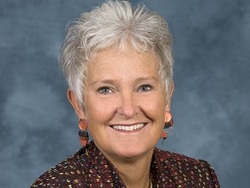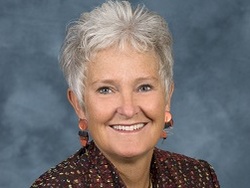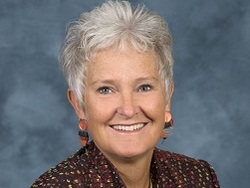Living List (Social Studies Opener)
Sample Standard: Identify and describe components of ecosystems.
Grade Level: 3
Time: 10-15 minutes
Materials: Chart paper and markers for each small group and a chart pad on a stand for the teacher.
Group Size: Any. Divide class into small groups of 4-5 students.
Purpose: To open a class that will introduce the terms of consumer, producer and decomposer.
Activity:
- Identify a team leader for this activity (e.g. student in each group who is wearing the most green) and a recorder.
- Small groups will brainstorm a list of animals and plants that are native to their community for 2-3 minutes and record them on a piece of chart paper.
- After 2-3 minutes, call the group together and challenge them to think smaller. What are other animals are found out in the garden like worms and snails? Give them an additional 2 minutes to record their ideas.
- The team leaders will report out one item (one plant or one animal) on their list at a time. The recorder will cross off duplicates on their chart as the teacher makes a master chart at the front of the room.
- This master chart will be used later in the class after the terms of consumer, producer and decomposer have been introduced and defined. Any additional examples that were overlooked can then be added to the list to make it more comprehensive.
- This list may also be used in future lessons as a revisiter by having students categorize the items on the list as consumers, producers and decomposers.
Modifications for ELL students:
Select a recorder in each small group who is capable of writing the words in English, or do this activity orally with the teacher capturing the list on chart paper.
Submitted by Adrianne Roggenbuck, training consultant with The Bob Pike Group and former teacher.
Roll the Dice (Math Opener)

Sample Standard: Calculate the probability of a simple event.
Grade Level: 5-6
Time: 15 minutes
Materials: Oversized foam dice (one per small group)
Group size: Any. Break the class into groups of 4.
Purpose: To introduce a lesson on calculating probability.
Activity:
- Each group will have one oversized foam dice.
- Before rolling the dice, students will predict the numbers that will be rolled. Instruct them to predict the numbers for ten rolls.
- Students then take turns rolling the dice to see how often they are correct. Have them record the numbers that they predicted and the actual numbers that were rolled.
- Share the results with the larger group.
- Ask students to identify the process they used to select the numbers then lead into the lesson on probability.
Adaptation for Above-Level students:
- Have them determine the percent of correct rolls.
- Give them two die instead of one to predict the numbers.
- Have them write their own process for calculating probability.
Submitted by Priscilla Shumway, training consultant with The Bob Pike Group and former teacher.







